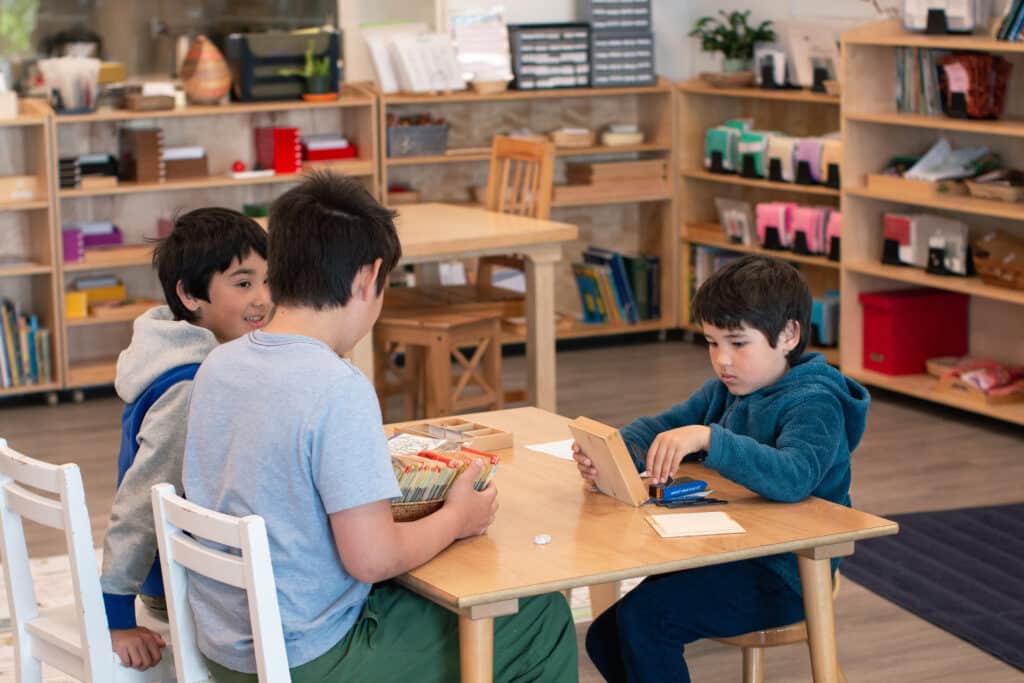As a parent, partner, worker and friend you’re bound to encounter different challenges at different times, and your ability to deal with these ups and downs, and move on positively, is the ultimate life skill.
To help you master your mindset and overcome adversity, three SAS veterans – Dr Dan Pronk, Ben Pronk DSC and Tim Curtis – have written a book called The Resilience Shield.
In it, they talk about six ‘layers’ of resilience, and share practical ways to bolster these layers and build resilience, so let’s see what the layers are and consider how you, as a parent, might defend yourself against life’s challenges.
What are the six layers of resilience?
It’s natural to think of resilience as a mind-control matter, and this is definitely part of it, but the Resilience Shield model of resilience identifies the following six key layers of resilience that are dynamic and modifiable:
- Innate
- Mind
- Body
- Social
- Professional
- Adaptation
The authors explain that all these layers need to be cared for, and the strands of resilience that make up each layer combine to help you defend against the ‘chronic and acute stressors’ you encounter every day (thus the ‘Shield’ name).
For us parents, chronic stressors might be a big mortgage or ongoing injury, while acute stressors could include a death in the family, recent redundancy, or getting a flat tyre when you’re already running late for child care drop-off.
It is important to recognise that not all stress is bad, though. The authors say ‘just the right amount’ is needed to truly optimise our lives, and this explains why meeting a tight deadline at work can be stressful, but also rewarding.
You need to understand your resilience to improve it, so let’s look at each resilience layer in turn, and share the authors’ tips for building your resilience shield.

- The innate layer
The authors explain that this is the resilience you already have inside you.
Some people are born more resilient than others (as we see in different children), and innate resilience is built upon your nature and nurture, and influenced by your personality and values.
There’s some evidence that aspects of resilience are coded in our DNA, and your innate resilience isn’t really modifiable.
- The mind layer
Your brain is an incredibly powerful tool. It’s your foundation and first modifiable layer, and it frames your outlook on everything.
When you’re building this resilience, the way in which you look at the world, and keep stressful events and experiences in perspective, is crucial.
The authors say mindfulness, meditation and gratitude can help you to be more present and clearer of mind, and they offer these tips to strengthen your mind layer:
- If you’re not meditating yet, try a guided app like Calm or Insight Timer.
- Journaling is a great way to reflect on life’s experiences, and art and music are also excellent for your mind.
- Try Wabi-Sabi, the Japanese philosophy about finding beauty in imperfect things.
- Do things that settle your brain from thinking about many things, down to one thing.
- And most importantly – breathe. Do this deliberately and consciously. Try box breathing or Pranayama. Or do a simple breath reset – six deep breaths in through the nose and out through the nose.
- The body layer
We only get one body, and no matter how busy or challenging life gets, it’s important to eat well, sleep well and exercise.
The authors explain that the more you develop your physical capabilities, the more resilient you will become, and to nurture the body layer, they recommend that you:
- Put your alarm out of reach if your snooze button is well-worn. Getting your feet on the floor is the key to getting started.
- When you get up, immediately make your bed. It’s our first disciplined act of each day and means we are less likely to get back into it!
- Eat a healthy, well-balanced diet from all five food groups.
- Add active cultures to your breakfast or lunch. The scientific link between our brain and gut health is telling us that good bacterium in our gut improves our thinking and our mood.
- Get the right amount of sleep for your age. As a rule, if you wake at the same time naturally on the weekend, then you are getting enough sleep. If not, you should adjust your sleep patterns.
- Find the physical activity that works for you (and your friends). It could be walking to and from school, practising yoga or Pilates, going on a daily park run/walk, or exploring national parks on the weekend with your family. Pushing a pram or stroller always helps, too! Or put your little one in a baby backpack for the bushwalk.
- Remember that, ‘A habit + habit + habit + habit = routine,’ so string yours together. Write them down.

- The social layer
Humans are social creatures, and while you’re busy chatting to educators, making friends with fellow parents, communicating with colleagues and enjoying family time, you’re nourishing and strengthening your resilience.
It’s important to support your family, friends and significant others – and have them do the same – especially, when the going gets tough. This could be as simple as calling an older relative regularly or sending a pandemic-related care package to a friend.
The authors encourage you to practice gratitude, and tell the people that are important to you, that they are important to you!
Among other things, they advise you to:
- Think about things you used to love doing and don’t do anymore. Re-connect with them and find like-minded people to inspire you in a new passion.
- Make regular dates with friends and family. Combine body and social layers in walking catchups.
- Volunteer. Give back in some selfless way to do something bigger than you and connect socially while you are there.
- The professional layer
Many parents are also professionals, and although your family must earn money to live, The Resilience Shield says it’s important to find work with purpose – or purpose in your work. This helps you to be empowered and inspired by any work-related stressors, rather than being overwhelmed by them.
If you’re in a role you’re not overly satisfied with, you might think about ways to make it better (e.g. by asking your employer for flexible hours to better accommodate child care, or instigating a project that interests you within your job description).
And if you’re taking a break from work to raise your child, now’s a great time to think about what will make you happy and fulfilled when you return to the workforce (e.g. perhaps you’d like to study something new, pursue a different career, or strive for a promotion). You’ll also feel more satisfied and up for challenges if you look for ways to make even the most routine tasks interesting (e.g. by finding flow in your vacuuming, or learning a new way to fold washing)
To look after your professional layer, the authors suggest that you:
Try the Pomodoro Technique– using a focus timer to get into deep work. Work 25 minutes on a task, removing all distractions. When you get to the end of the timer, take a five-minute break.
- Think about entering every professional environment with enthusiasm. Be the energy in the room, because enthusiasm is infectious, and more likely to lead to your professional success.
- Review your internal CV. Your internal CV is your professional reputation. Ask yourself what people are saying about you in your professional setting, and focus on being your authentic self to build the trust and respect that will bolster your internal CV.

- The adaptation layer
Last, but not least, it’s important to be adaptable as unexpected events arise and plans go awry. When you take steps to build a strong, yet flexible, Resilience Shield, the authors say this empowers you to ‘embrace the unknown and unknowable,’ and deal with whatever life has in store for you.
They suggest that you:
- Think about the worst things that could happen in your life. This is an ancient Stoic technique called premeditatio malorum (negative visualisation) and the aim is not to make you depressed, but rather to make you think through certain scenarios and ensure that you’re incredibly grateful for where you are now and what you have.
- Reflect deeply at the end of each day, week or important period. Use journaling as a technique to insert the lessons learned. What will you do next, that will prepare you a little better for what life might throw at you?
- Put your hand up next time you are offered a difficult challenge. Seek to use these opportunities to build and grow.
- Use controlled situations, with high perceived degrees of risk, but low real risk, to improve your adaptation to stressors (e.g. if you fear public speaking, give a presentation).

















